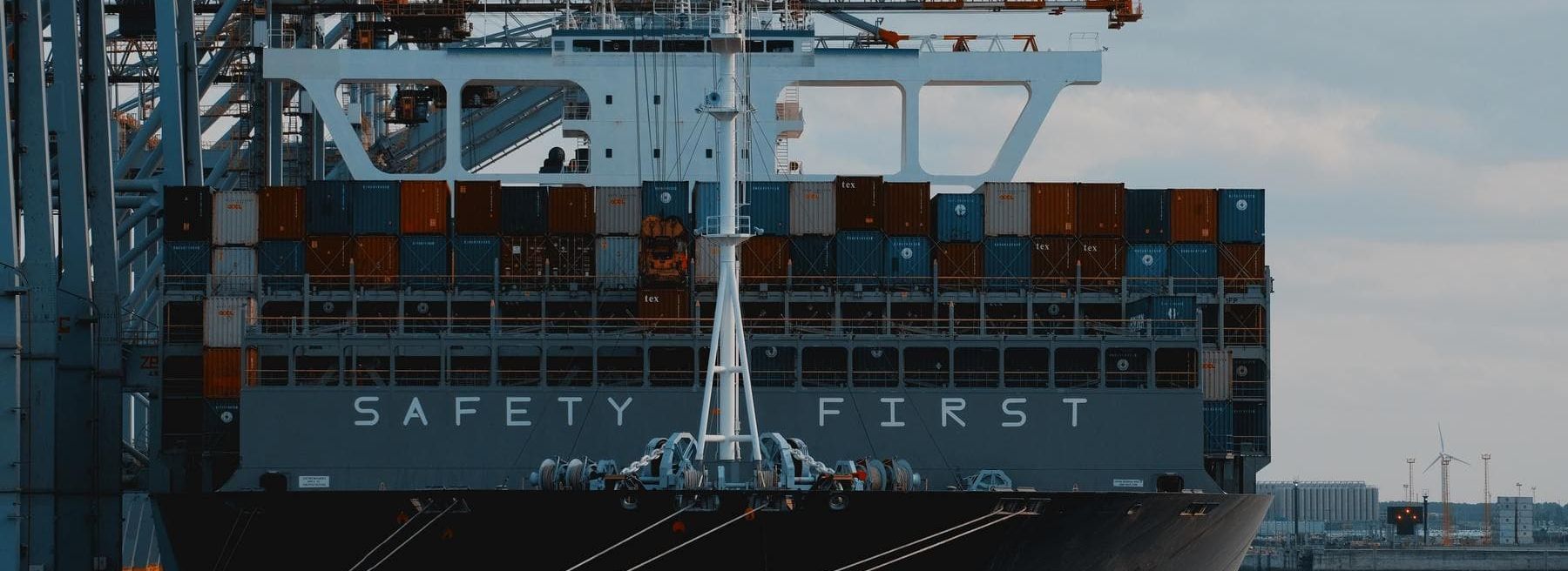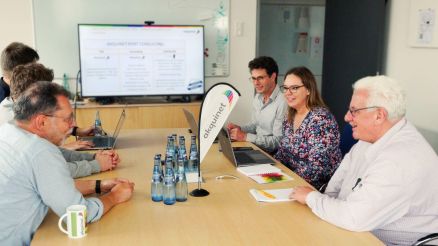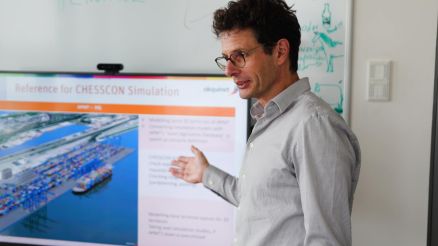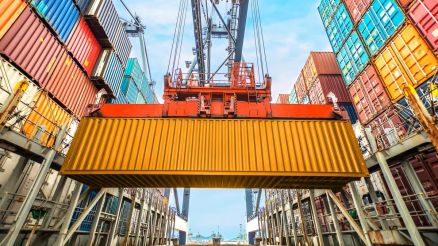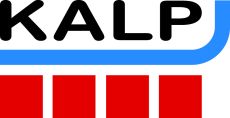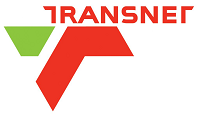Shaping the future of container terminals
Supporting port professionals in managing sustainable infrastructure and automation
The design of container terminals, whether greenfield or brownfield, has become increasingly complex with electrification, net-zero CO2 goals, and automation.
Key challenges include optimizing fleet size, integrating charging infrastructure, and managing the interdependencies between layout, operations, and equipment. Simple linear calculations are no longer sufficient, as all components affect each other.
Effective planning requires an assessment of productivity, traffic flow, yard capacity, and overall infrastructure to ensure long-term efficiency and adaptability without disrupting current operations.
How We Can Help
Expert guidance for benchmarking, business cases, and layout reviews
As terminal planning becomes more complex, traditional linear methods are no longer sufficient.
Our team of experts helps optimize terminal layout, operations, and fleet size early in the process through dynamic scenario simulation and in-depth experience.
By combining industry expertise with advanced simulation tools, we support decision-making at every stage, ensuring efficient and sustainable solutions for automation, electrification, and net-zero carbon goals.
Benchmarking
We work with clients to develop benchmarking exercises that address key challenges in automation, electrification, and the journey to carbon net-zero.
Leveraging our extensive experience, we help compare solutions through simulation scenarios and provide comprehensive terminal layout reviews or redesigns, tailored to each terminal's phase and specific needs.
Business Cases
Using advanced simulation tools, our consulting team develops detailed business cases to support critical decision-making.
This includes refining terminal sizing, operational concepts, and equipment fleet strategies to ensure alignment with current and future operational goals.
Reviews & Studies
Whether planning brownfield or greenfield, manual or automated terminals, we provide in-depth layout reviews and consulting studies.
Our team provides data-driven insights and industry expertise to narrow options, optimize terminal design, and streamline the decision-making process.
Advanced Tools and Expert Advice
Consulting and simulation solutions for terminal optimization
Our CHESSCON suite of products and consulting services are designed to address the most pressing challenges in terminal operations, from automation to capacity planning.
Whether you're optimizing layouts, testing future scenarios, or ensuring your terminal can handle increasing throughput, our tools provide actionable insights and risk-free test environments.
With our team of experts and cutting-edge simulations, you can make informed decisions that drive efficiency and sustainability.
Our Electrification Package
Electrify your terminal with confidence
Our Electrification Package is an advanced module for the CHESSCON container terminal simulation software. It allows you to evaluate various options and scenarios for the electrification of your terminal's horizontal transport fleet. This tool allows you to plan and test operational changes comprehensively in a virtual environment, helping you to make data-driven decisions and achieve a more sustainable future.

The module covers the following aspects:
- Charging strategies: Test various approaches, such as battery exchange, out-of-operation charging, charging during breaks or opportunity charging.
- Charging station locations: Determine optimal station placements within the terminal design.
- Station capacity: Analyse the required number and capacity of charging stations and points.
- Battery capacity: Assess the required battery capacity for horizontal equipment.
- Fleet size comparisons: Evaluate conventional and electric fleets under different operational conditions.
- Operational scenarios: Model and simulate various workloads, operational types and charge statuses initially.
The Electrification Package enables you to address all the essential evaluation criteria within a complete operational scenario.
- Operational impact: Compare the influence of electrification strategies on key performance indicators (KPIs), such as STS moves and fleet performance.
- Compare identical fleet sizes to understand the impact on KPIs.
- Assess the effect of different charging station setups.
- Determine the necessary fleet size for specific operational scenarios.
- Charging infrastructure setup:
- Evaluate the optimal placement of charging and swapping stations.
- Analyse their impact on traffic flows within the terminal.
- Calculate the optimal number of stations and charging points, as well as the necessary power capacity for the fleet.
Your contact persons

Norbert Klettner
Managing Director
Consultant Port Logistics

Dr. Lawrence Henesey
Director of Sales
Consultant Port Logistics

